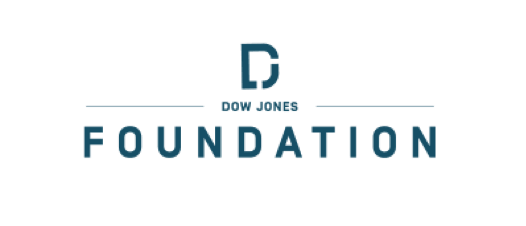Explore how journalists “filter” information, or determine which events and issues to cover in a given news cycle, by using key criteria.
News literacy topics
News judgment
Learning objectives
Essential questions
Excerpt
“Now, imagine that you’re a journalist: Your job is to decide — out of everything that happens on a given day — what should be reported to the public. In other words, what counts as “news” that day. And, no, you can’t just cover everything. You have a limited number of people, and there’s only so much time, and space to report the news. Besides, even if you could pursue every single thing that happens everywhere, you really wouldn’t want to, because a lot of what happens every day wouldn’t be newsworthy to most people. Still, enough big things do happen to make choosing among them challenging. So how would you choose which stories to cover? Which events or issues would make the cut and get valuable space on your website or in your newspaper or precious time during your TV or YouTube newscast? In other words, how would you decide which stories are newsworthy? Here’s your chance to test your own news judgment and to get a sense of the kind of difficult decisions journalists make every day.”







© 2024 The News Literacy Project Privacy policy Terms of use